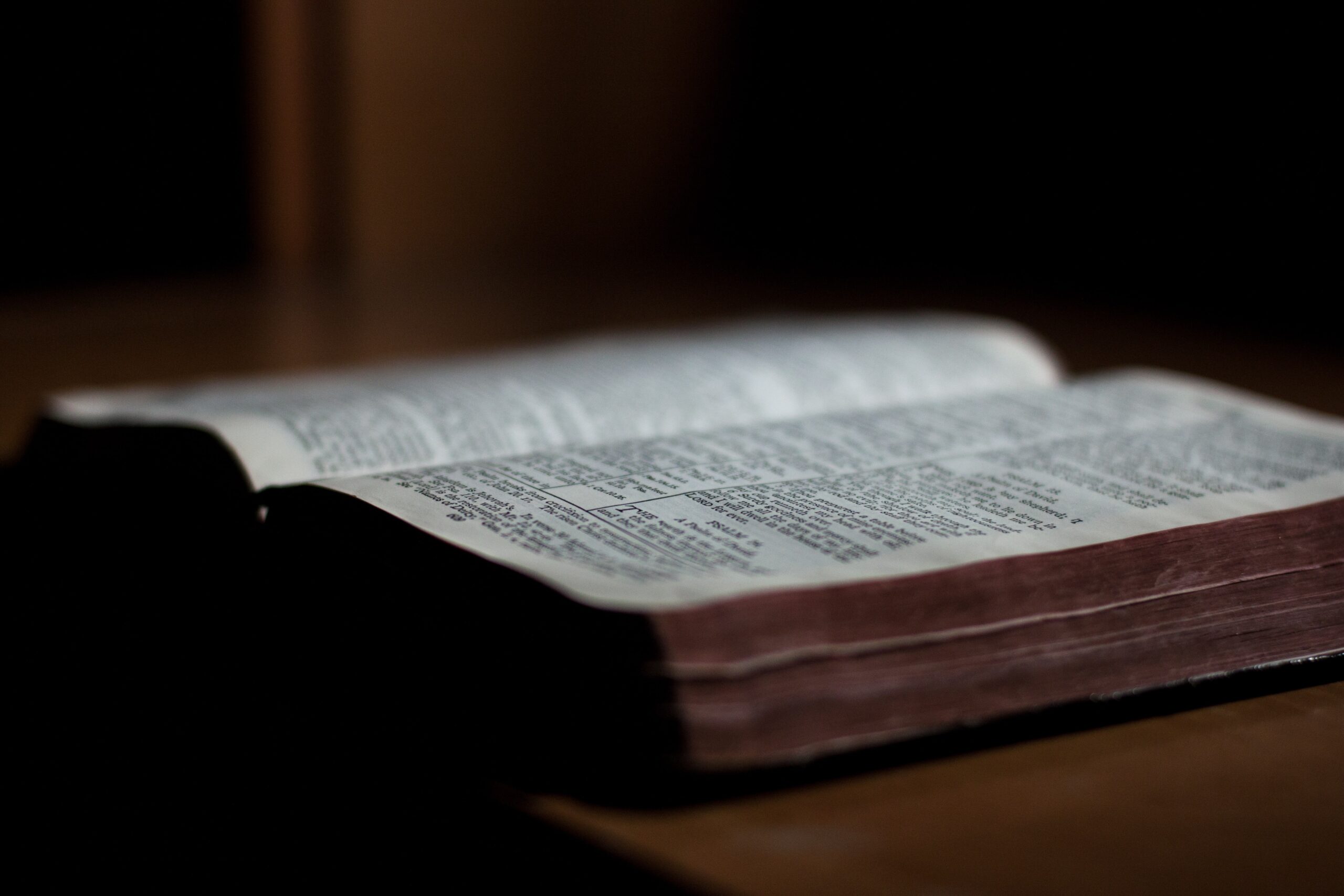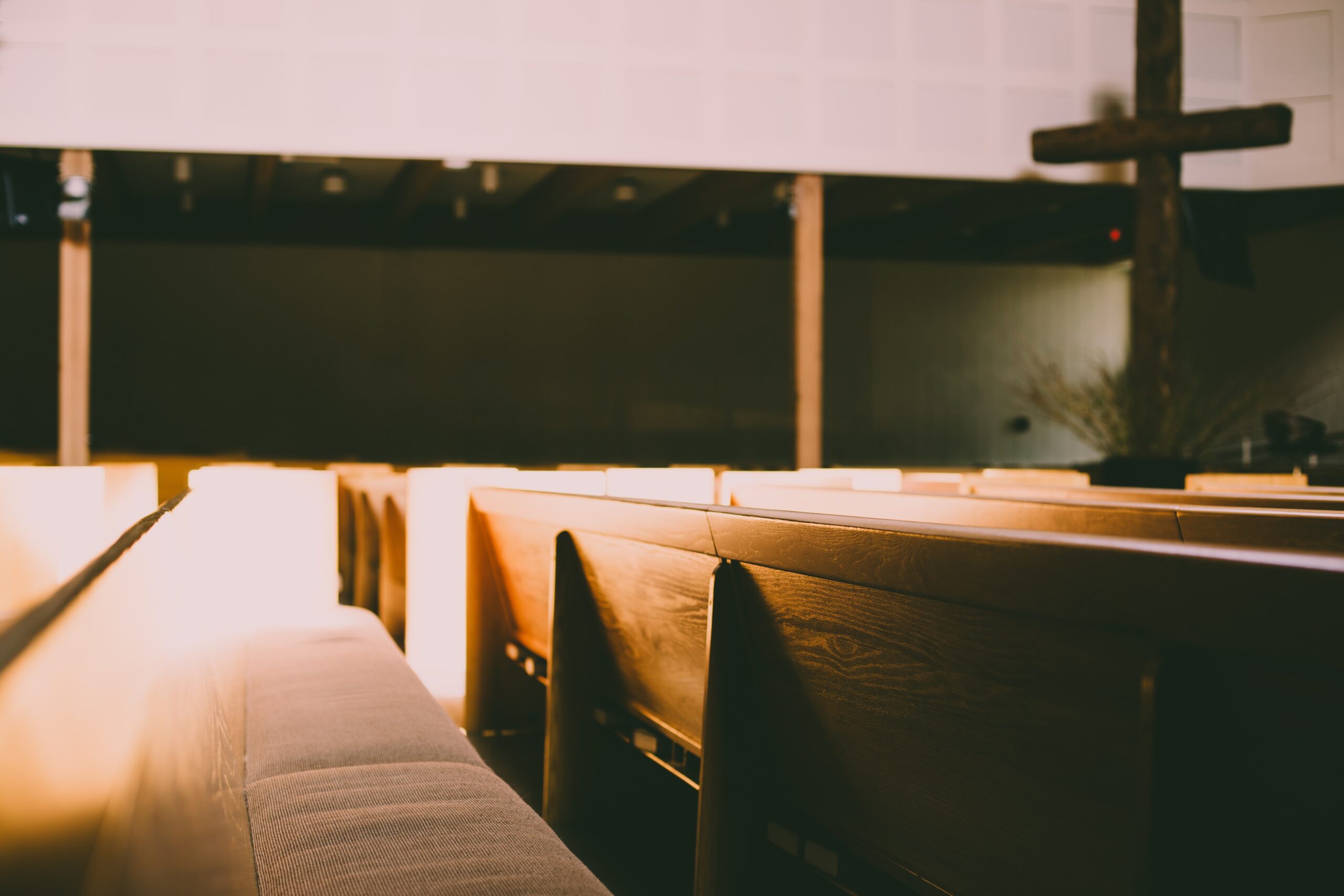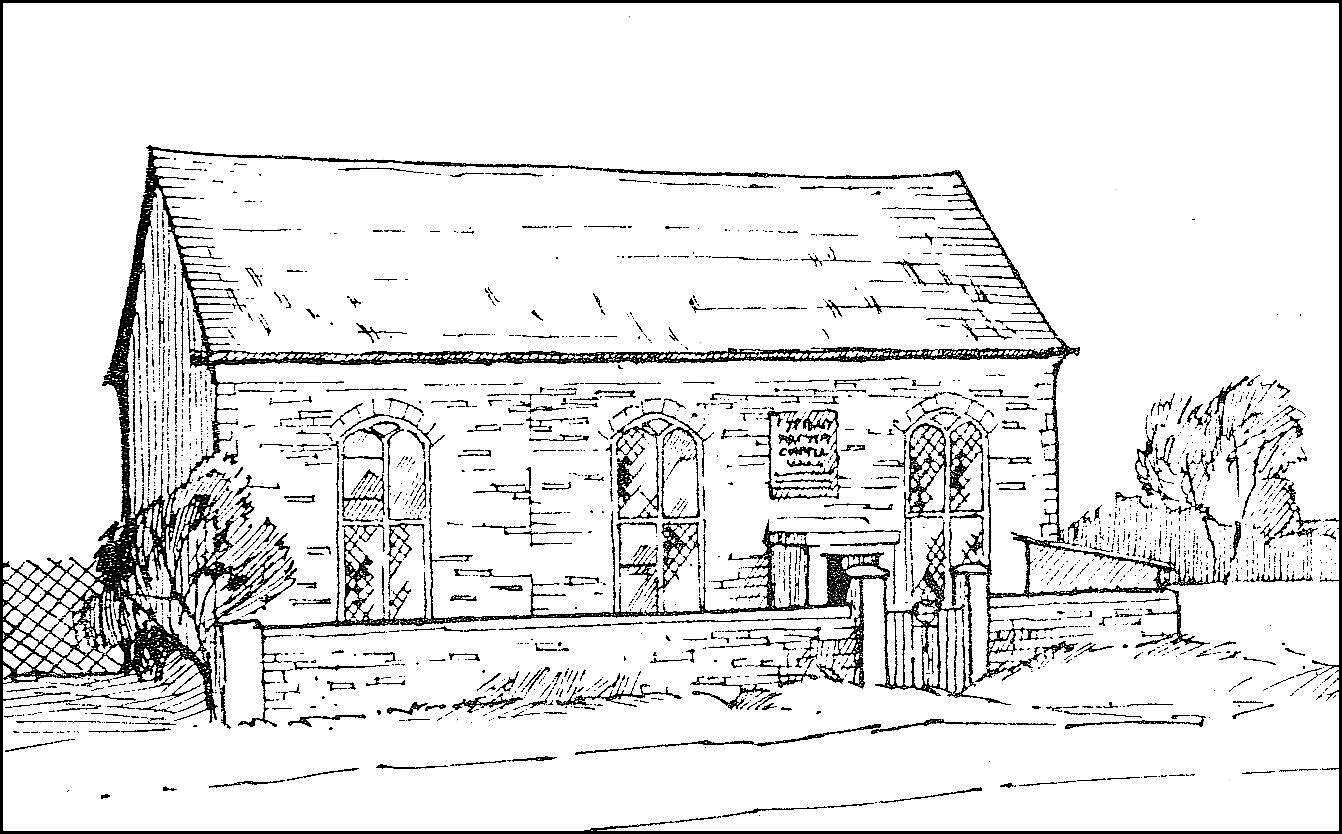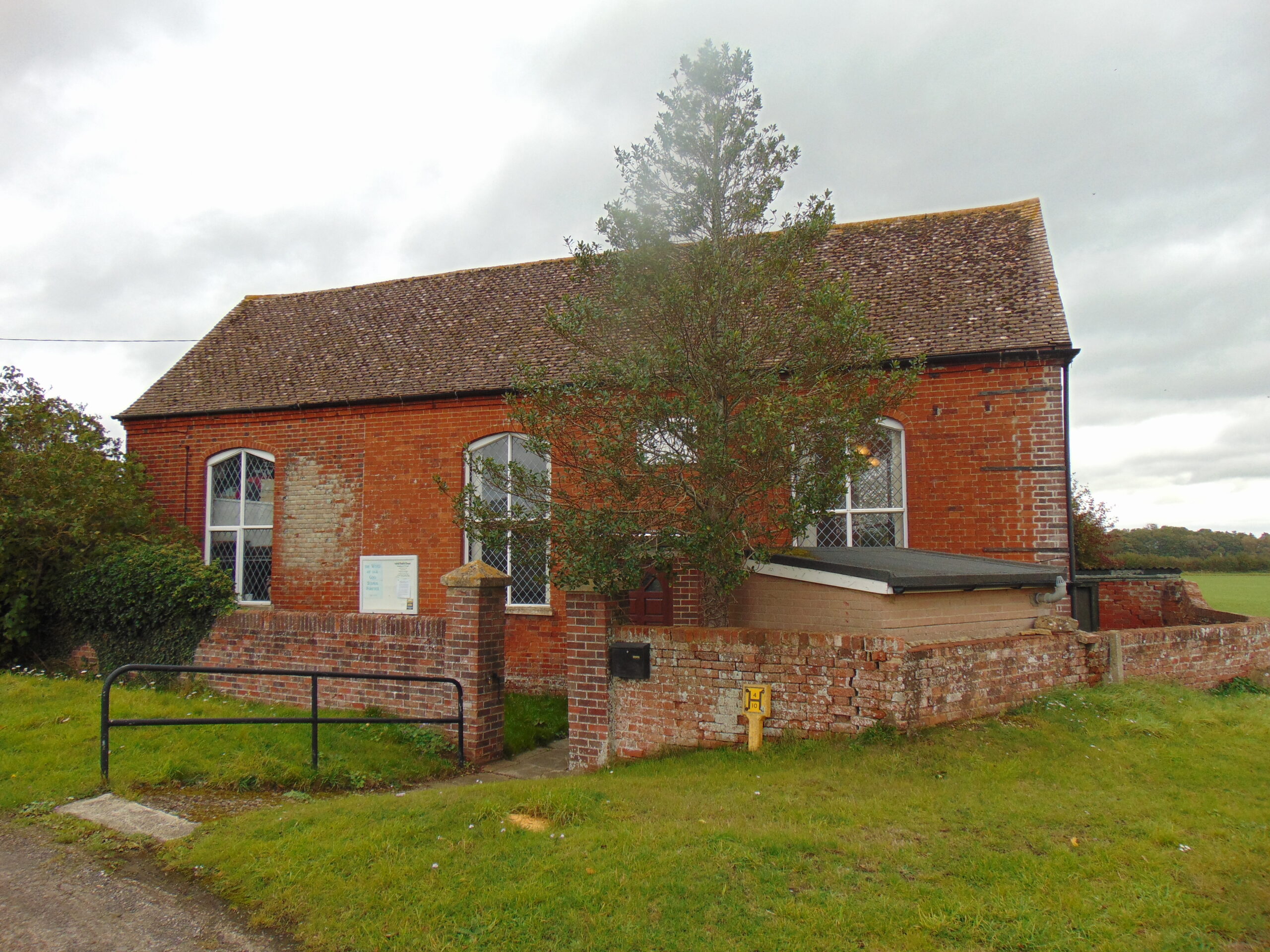Our Church History
The History of Christianity in Fyfield and the foundation of the church

Christianity Brought to Fyfield
Christianity must have first been brought to the Fyfield area of England by the households of Roman soldiers in the first centuries after the life of Christ. We know from Bede’s History that it was restored in this area in 635 after the preaching of Bishop Birinas at Dorchester. Gradually parish churches were established everywhere, including Fyfield, during the Middle Ages.

The Bible Translated to English
Due to decline in the fourteenth century John Wycliffe translated the Bible into English and his preaching came to many villages in the Oxford area. This brought independence of thought, but later, official persecution by the church, as we know from the chapel records of Cote and Longworth.

Baptist Churches Re-established
During and after the civil war Baptist churches re-established, in 1649 at Abingdon and 1656 at Longworth. The central chapels felt responsible for the villages and increasingly established village ‘preaching stations’ :- Cote at Aston, Buckland, Bampton, Ducklington, Standlake and Hardwick. New Road Oxford at Osney, Hinksey, Wolvercote, Eynsham, Thrupp, Woodstock, Charlton-Cum-Otmoor, Headington, Botley, Littlemore and Bayworth. Abingdon at Fyfield, Cothill, Drayton and Marcham. The Baptist Union established a society for their support in 1797, called the Home Mission Society, to work as keenly as the Baptist Missionary Society abroad. The first sign of this at Abingdon was in 1798 when they authorised William Kent to preach in villages.

The beginning of Fyfield Baptist Chapel
The chapels of Fyfield, Cothill and Drayton were built between 1820 and 1840. There is a big chest marked ‘Fyfield’ in the Angus Library Oxford where some of these lay preachers services have been preserved. Marcham Chapel was built in 1872 and it’s minister Rev. W Pontifex was also given care of Fyfield and Cothill. As was also Mr. Shipley in 1897. Over site was based in Abingdon with a Village Mission Committee including a member from each village. From 1923 until 1947 Charles Lipscombe energetically cared for the village churches. In 1899 Fyfield received and still has Abingdon’s pipe organ, that was being replaced in Abingdon by a larger instrument.

Independence of the Church
Abingdon church struggled to survive after the 1939-45 war under some poor leadership. Fyfield, with only 7 members, was asked to help finance the mother church! In 1954 Abingdon asked if the village churches wanted independence but none received it at this time. Cothill was closed and the building sold in 1977, but Fyfield was going it’s own way as an ‘independent evangelical fellowship’. The trustees of Abingdon handed it over to the trustees of Fyfield in 1984.